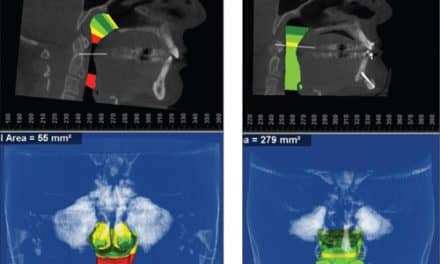Overdue debonds increased dramatically as a result of COVID-19 office closures. Make overdue debonds the first practice performance system you address.
By Roger P. Levin, DDS
In preparing for recovery from the COVID-19 crisis, practices will need to reduce any areas that are creating inefficiency, friction, and higher overhead. Overdue debonds is one of those areas. Here is a five-step plan for reducing overdue debonds:
#1: Categorize each patient.
Analyze the patient base to determine who is overdue for appointments, how long they are overdue, and in what stage of treatment they are prior to initiating contact. Overdue debonds come in two different categories: Patients who are currently in treatment but overdue for appointments, and patients who are overdue for treatment completion. The second type represent 100% overhead to the practice. Once you’ve assessed each patient and where they stand, you can then develop an effective action plan to get them back on track.
#2: Once you reopen, contact every patient or parent on their cell phones.
Do not start with texting and email. Call patients to reassure them that the practice is open and safe and that things are ready for them to continue their treatment. There will be a great deal of anxiety following the COVID-19 crisis and we even believe that some orthodontic patients, hopefully a minority, will never return. People’s behaviors have been reshaped in numerous different ways by the pandemic and a phone conversation can go a long way toward creating comfort and confidence.
Read more: Get overdue debonds back under control
#3: Text any patients and parents that you miss by phone.
The text should not simply say “Call us to reschedule.” Any text you send should strive to be as comforting as a phone call. We suggest something like this: “We are contacting all patients who are overdue for appointments. Our practice is open, and we are taking all necessary precautions for your safety. Delaying orthodontic visits can result in longer treatment time or other complications so we would like to reschedule you as soon as possible. Please call….”
#4: If you fail to connect by phone or text, move on to email.
Emails should be short, approximately one paragraph, and encourage the patient to call as soon as possible. They should also be sure to mention all practice safety measures and any statements by national organizations such as the American Association of Orthodontists, that deem it is safe for patients to return to orthodontic practices.
#5: When all contact efforts have been exhausted, start a 90-day cycle of emails.
There are people who are just too concerned about the health risks or too financially challenged to come right away. Keep your patient outreach going and be the practice that welcomes them back at any time.
Overdue debonds will be a factor in every orthodontic practice during this pandemic. It will take anywhere from a few months to a year or longer to complete the overdue debond patients and move them through the cycle. The sooner you plan and implement an effective strategy the better. OP
Roger P. Levin, DDS, is the CEO and founder of Levin Group, a leading practice management consulting firm that has worked with over 30,000 practices to increase production. A recognized expert on orthodontic practice management and marketing, he has written 67 books and over 4,000 articles and regularly presents seminars in the United States and around the world. To contact Levin or to join the 40,000 dental professionals who receive his Ortho Practice Production Tip of the Day, visit levingroup.com or email [email protected].










